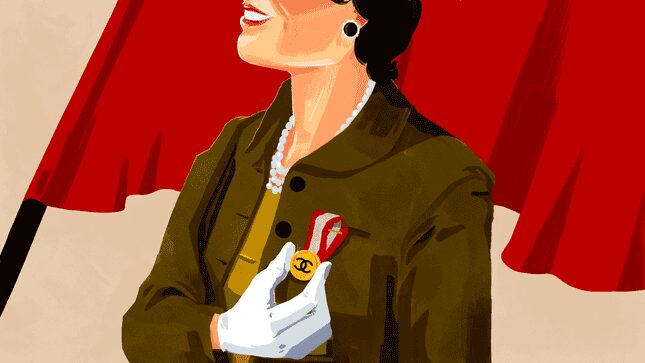
Image: Chelsea Beck/GMG
In one of the many brisk, readable chapters of Summer Brennan’s new book High Heel, she points out that a high heel shoe is a symbol of femininity—if the door of a public restroom has a picture of a high heel shoe on it, it would signify that it’s a women’s room. When people use the phrase “backward and in high heels” they’re referring specifically to the additional difficulty women face in public activities in a man’s world. It’s not only that a high heel represents public womanhood, but it also represents impeded womanhood. It is a shoe that makes it harder to walk, and it’s also beautiful and makes the wearer more beautiful.
Brennan circles around the shoes from all angles, and her brief chapters add up to a kaleidoscopic view of feminine public existence, both wide-ranging and thoughtful. She describes the high heel shoes she wore for her own job at the United Nations, and she describes falling down stairs in the course of doing her job while wearing them. There’s another short chapter about the tall tale that expensive high heels don’t hurt, only cheap ones do, so if you’re in pain it’s because you’re either too poor or too cheap. She discusses the cultural moments when they were seen as masculine. There’s another chapter about Daphne escaping Apollo by becoming a tree, and one about Eddie Izzard’s heeled boots. Very simply—too simply, as Brennan’s book illustrates—the paradox of the shoes is that women become socially mobile by wearing shoes that impede their physical mobility. It’s easy to reject a practice like foot binding once the resulting feet are no longer considered beautiful, but while high heels are beautiful within our culture, rejecting them means cutting ourselves off from vital pleasures.
Brennan describes the effect of the high heel on the lower half of a person’s body as being like a push-up bra for the legs and buttocks. The price of admission to public life and the possibility of power is wearing shoes that make it painful to walk, nearly impossible to run, and dangerous to go up and down stairs. Even though individual women can refuse to wear heels, while our society favors the look of the heel and the leg, hips, and butt of the heel-wearing woman, there is an undeniable elegance and beauty in them. When someone is told they can’t wear heels, for whatever reason their body isn’t the kind that’s allowed heels—too masculine, too fat, too brown—it’s usually more than just that kind of shoe that’s barred—it’s elegance and sexiness and public visibility that’s only permitted for some bodies but not others.
The work of Coco Chanel is, for better or for worse, integral to high heels and how women move in public even now, more than a hundred years after she began designing clothes. Chanel was a proponent of the free motion of a woman’s body, and she believed in flat shoes, but the changes she made in women’s fashion and her policial fascism are a major factor in the place high heels have in our culture.
-

-

-

-

-

-

-

-

-

-

-

-

-

-

-

-

-

-

-

-

-

-

-

-

-

-

-

-

-

-

-

-

-

-

-

-

-

-

-

-








































